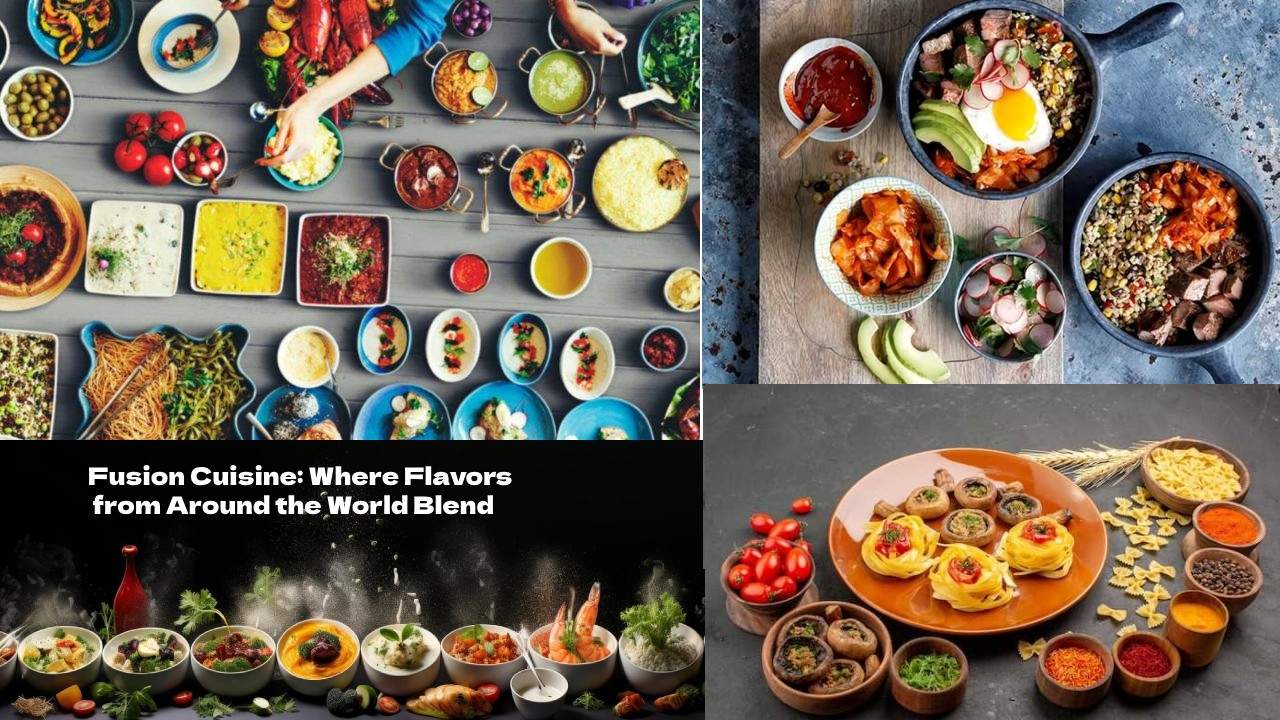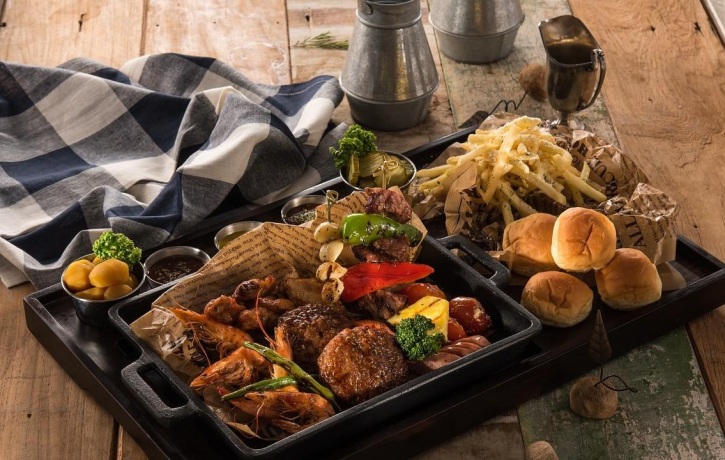- 1 Fusion Cuisine: Where Flavors from Around the World Blend
- 2 What is Fusion Cuisine?
- 3 A Brief History of Fusion Cuisine
- 4 Popular Examples of Fusion Cuisine
- 5 The Art of Creating Fusion Dishes
- 6 Why Fusion Cuisine Works
- 7 How to Try Fusion Cuisine at Home
- 8 Fusion Cuisine as a Cultural Bridge
- 9 A World of Flavors Awaits
Fusion Cuisine: Where Flavors from Around the World Blend

Fusion cuisine is a culinary adventure that sees flavors, techniques, and traditions from different cultures unite to create innovative and exciting dishes. This style of cooking exalts diversity, challenging chefs and home cooks to make new creations that deviate from traditional recipes. With sushi burritos and tandoori pizza, it has become a global phenomenon that delights food lovers around the world with its creativity.
What is Fusion Cuisine?
Fusion cuisine is a blending of elements from different culinary traditions to create something completely new. It may mean taking ingredients from one culture and combining them with cooking techniques from another or reimagining a classic dish with influences from multiple regions. Unlike traditional cooking, which focuses on authenticity, fusion cuisine thrives on experimentation and innovation.
The beauty of fusion cuisine is that it can surprise and excite the palate. It merges different flavors, textures, and aromas to give a unique dining experience that reflects our interconnected world.
A Brief History of Fusion Cuisine
Fusion cuisine is not a concept for today. It has ancient backgrounds and roots, found deep in history, originating in cultural exchanges through trading and colonization and migration. Like many European dishes, their own cinnamon and cardamom, for instance, owe their introduction to these earlier trade routes. Again, Chinese cuisine in the US got altered to produce what many call General Tso’s chicken, a dish developed more for local tastes.
The acceleration of fusion cuisine is greatly seen in the globalized world of the 21st century. Chefs and food enthusiasts have better access to international ingredients and are exposed to various cultures that give them a great chance to experiment.
Popular Examples of Fusion Cuisine
1. Sushi Burrito
This mashup is a combination of a precise Japanese sushi and the ease of a Mexican burrito. Large sheets of nori are wrapped around rice, raw fish, and other vegetables to create a food item that is convenient in both taste and presentation.
2. Kimchi Tacos
This is yet another mashup of Korean and Mexican cuisines, infused with the spicy fermented flavor of kimchi, adding flavor to the richness of meat or tofu fillings common in tacos.
3. Butter Chicken Pasta
This Indo-Italian fusion dish combines creamy, spiced butter chicken with the comforting textures of pasta to create a hearty and indulgent meal.
4. Ramen Burgers
This is an innovative take on fast food. The traditional burger buns are replaced by crispy, pan-fried ramen noodle patties, with classic burger fillings.
The Art of Creating Fusion Dishes
Developing fusion cuisine is a perfect amalgamation of respecting the integrity of each culture and introducing original twists. The key will be finding complementary flavors that enhance without overpowering and textures.
Start with familiarity in terms of ingredients and techniques and then introduce uniqueness found in other cuisines. Consider adding miso paste, for example, to add a touch of umami to your traditional Italian risotto. This would make it reminiscent of Japanese preparation.
Second, and the other critical factor is the harmonization within the dish. Excessive strong flavors or the integration of conflicting factors makes a confusing rather than satisfying dish experience. Experimentation with great thought is also welcome here.
Why Fusion Cuisine Works
Fusion cuisine reflects the multi-culture of our world today. People who travel, migrate, and share experiences bring culinary traditions into a global tapestry. Another reason for this is that international ingredients are readily available to most people around the world, making fusion food easy to popularize.
In addition, the versatility of fusion dishes invites interest from chefs and diners alike as it stimulates creativity, admits diverse tastes, and offers a way to serve dietary preferences without hindering bold innovation.
How to Try Fusion Cuisine at Home
You don’t have to be a professional chef to experiment with fusion cuisine. Start small by incorporating spices, sauces, or techniques from different cuisines into your everyday cooking. Here are some simple ideas to inspire you:
Spicy Teriyaki Tacos: Use teriyaki-marinated chicken or tofu as the filling for tacos, topped with crunchy slaw and a drizzle of sriracha mayo.
Mediterranean Ramen Bowl: Put olives, feta cheese and roasted vegetables in a Japanese ramen broth for the Mediterranean inspiration.
Wasabi Guacamole: Put a minute amount of wasabi with guacamole for unexpected zest that’s great both with tortilla chips or even sushi.
Thai-Style Pizza: Use peanut sauce instead of tomato sauce, sprinkle with chicken, bell peppers, and fresh cilantro, for a pizza that’ll bring the flavors of Thailand on your plate.
Fusion Cuisine as a Cultural Bridge
Fusion cuisine is more than just food; it is a celebration of diversity and cultural exchange. By blending traditions, it creates a deeper understanding and appreciation for other cultures. It reminds us that though our culinary roots may be different, love for food can unite people.
A World of Flavors Awaits
Fusion cuisine is an invitation to explore the vast possibilities of global cooking. Whether you’re a foodie looking for new dining experiences or a home cook eager to experiment, fusion dishes offer a delightful way to step outside of your comfort zone. Embrace the creativity, savor the surprises, and enjoy the delicious journey through flavors from around the world.








